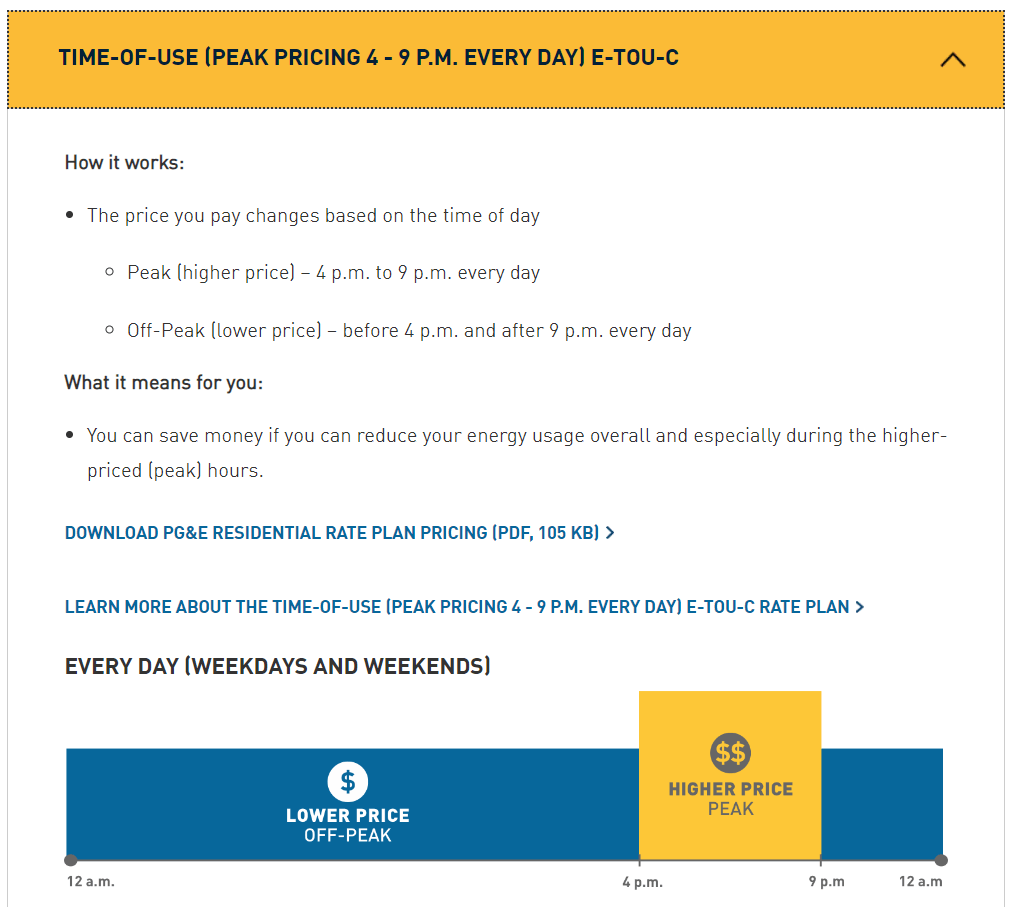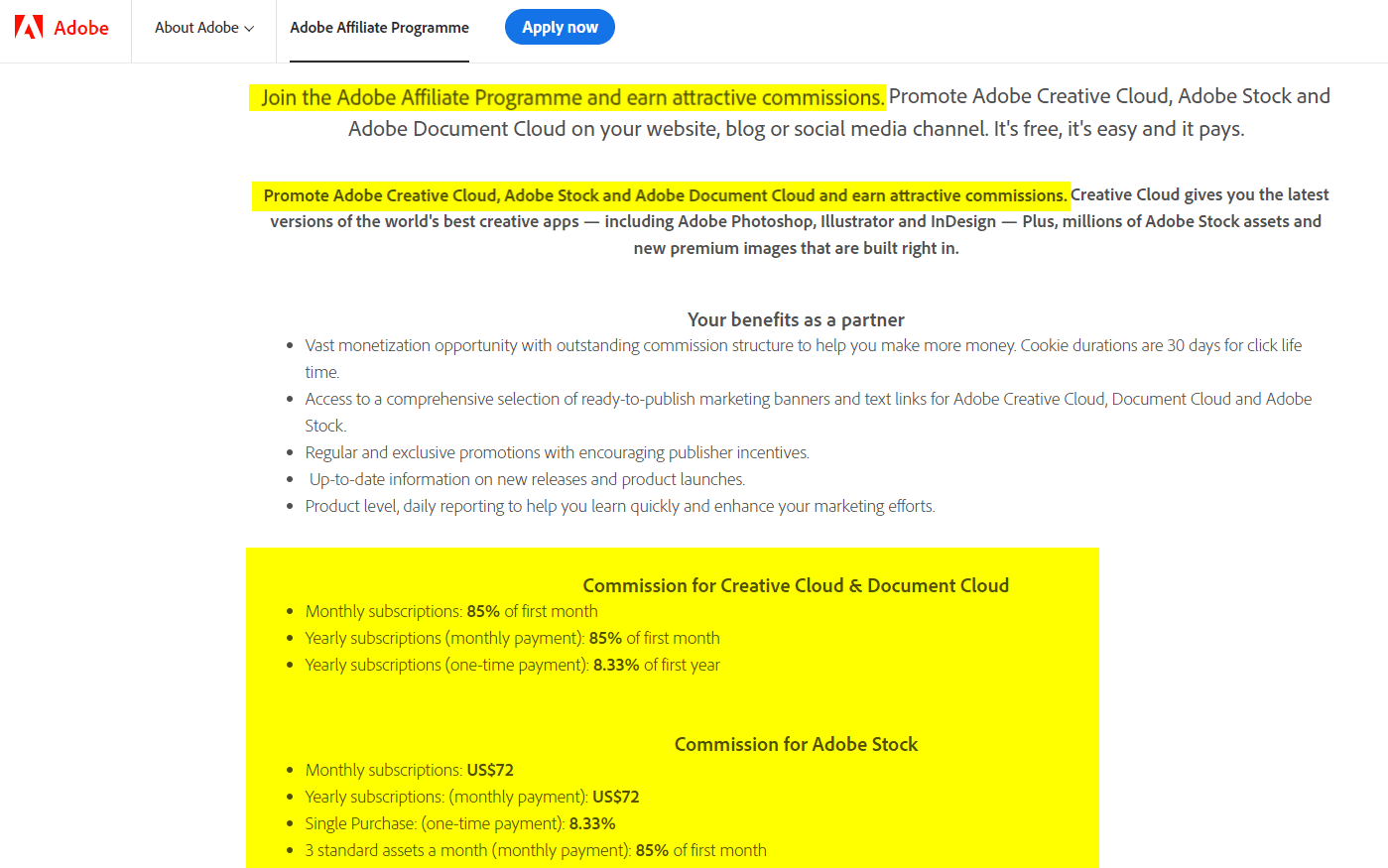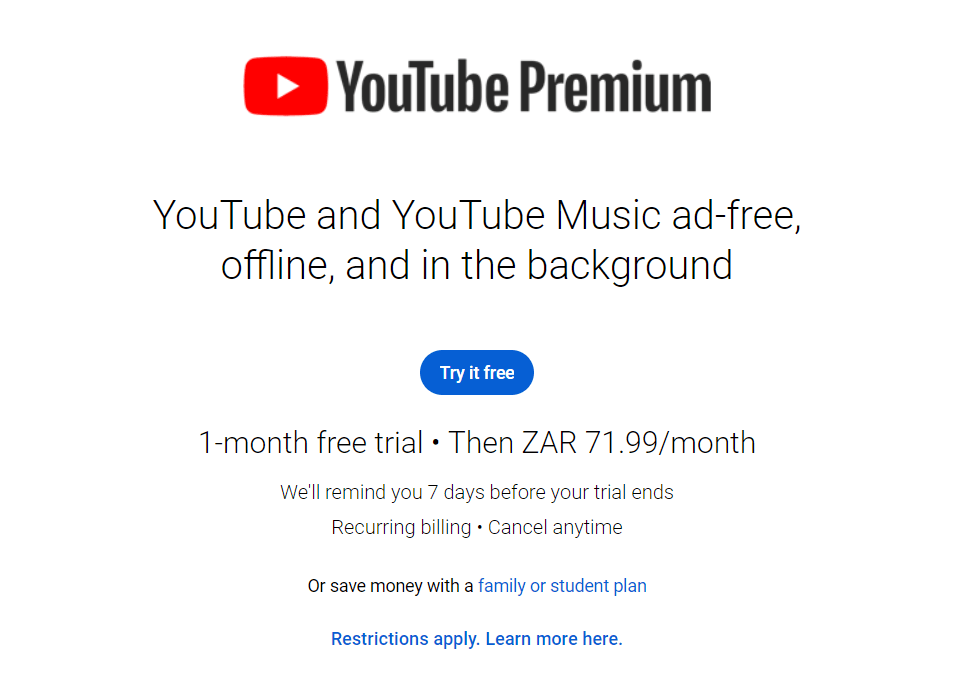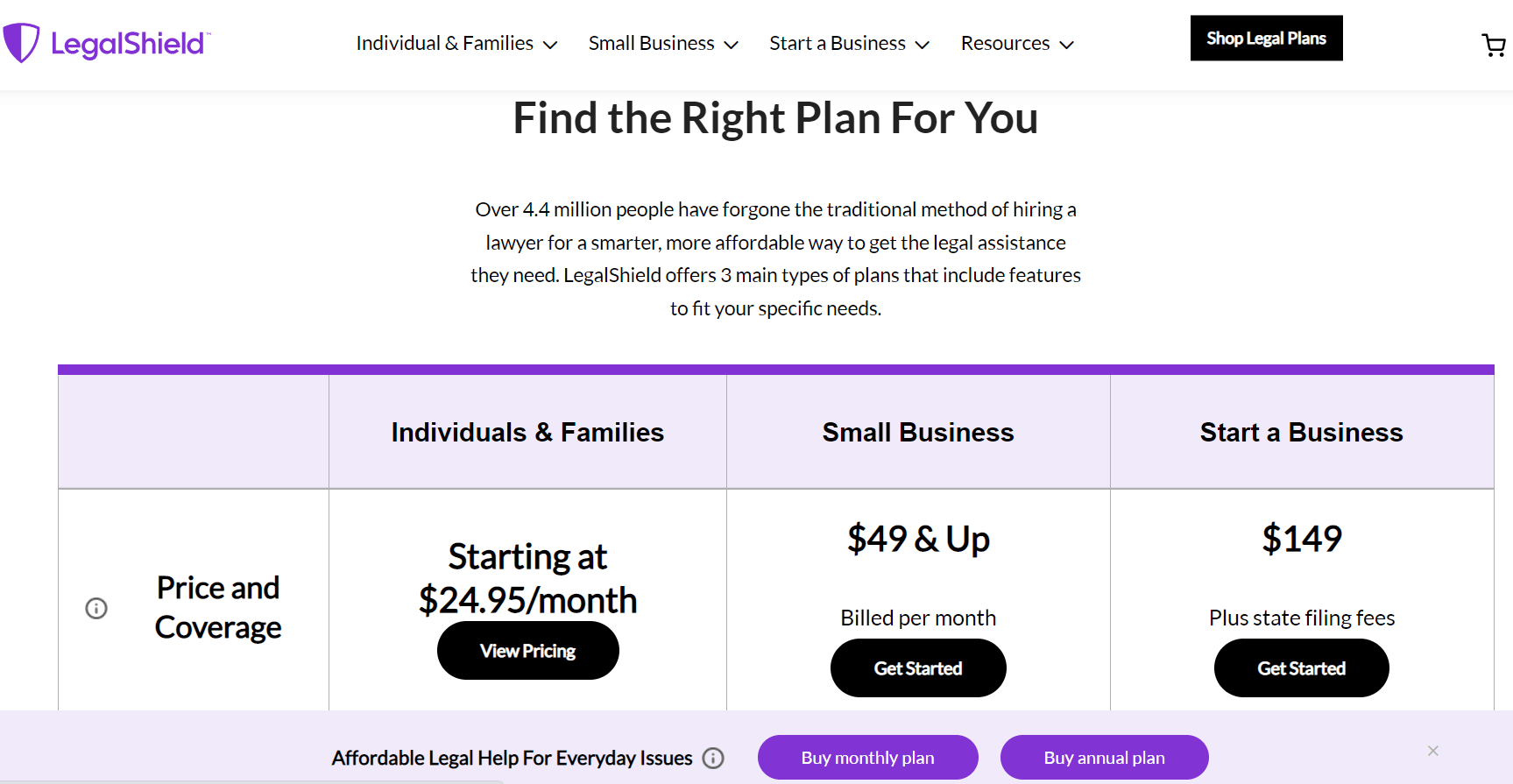-
 Published: May 18, 2023
Published: May 18, 2023
-
 14 min. read
14 min. read
-
 Sina Mchunu
Sina Mchunu Research & Tech Content Writer
Research & Tech Content Writer
- Sina is a marketing expert who specializes in SEO, AI, and digital marketing content. With over five years of experience, she’s written hundreds of pieces, spanning a variety of topics and industry niches. She loves combining her strong eye for detail and passion for storytelling in her work. You’ll find her fruit picking or horse riding at the local farm when she’s not writing.
What is Recurring Revenue?
Recurring revenue is the consistent income a business generates from ongoing sales or subscriptions, which helps sustain and grow the company over time.
Recurring revenue is the predictable and regular income a business generates from its existing clients. It’s typically derived from subscription-based services, maintenance contracts, or ongoing sales of consumable products.
Say you’re the CEO of a software development company. Subscription services, such as software licensing and maintenance agreements, would make up the bulk of your business’s income. You may also make money off of recurring purchases, like software expansion packs, by selling them to customers.
That’s how the recurring revenue model works — as long as customers keep buying, you’ll have a steady stream of income. It also aids in increasing the customer lifetime value and fostering customer loyalty.
Do you plan on establishing a regular stream of sales for your company? You’ll discover what recurring income is, how to monitor it, and the many models to take into account for your company in this post.
Here’s a summary of the topics we’ll discuss:
- What is recurring revenue?
- Why do you need a recurring revenue model for your business?
- One-time revenue vs. recurring revenue models
- 11 recurring revenue models
- How to track your recurring revenue
Continue reading to learn more!
We post videos every Monday.
Yup. Every Monday.
Join the 12,000 marketers who get their marketing knowledge from WebFX videos.
Subscribe Now

What is recurring revenue?
Recurring revenue is a stable stream of income your business generates from its customers. It’s often associated with subscription-based models or ongoing services that customers pay for repeatedly.
Why do you need recurring revenue for your business?
Your business needs recurring revenue to create a stable, predictable cash flow, allowing for better planning and investment in growth opportunities. It also fosters long-term customer relationships, reducing the cost of customer acquisition (CCA).
In order to expand your customer base, your software as a service company should adopt a subscription-based business model and rely on the resulting recurring income. Also, the company may utilize the regular income to fund the development of new goods and services.
What if, instead, your company is an online retailer?
If you provide a loyalty program, you may boost customer retention and lifetime value, as well as collect useful information for future advertising and product development.
Recurring revenue can also help build a strong community around your brand. Customers who subscribe to your services or products will likely engage with your business and advocate for your brand, fostering word-of-mouth marketing and a positive reputation in the industry.
A well-planned recurring revenue model can give your business stability and predictability, letting you concentrate on expanding and growing.
Learn about annual contract value vs. annual recurring revenue
One-time revenue vs. recurring revenue models
Comparatively, recurring revenue models produce income on a regular basis rather than only from a single transaction. While one-time revenue models may bring in more money in the short-term, recurring revenue models are more reliable in the long run.
Consider a software provider that offers a monthly subscription plan for use of its service. It will have a more consistent revenue stream than a company that sells one-time software licenses, but the latter may see a more significant influx of revenue upfront.
The software company with a subscription model can also benefit from customer retention and the ability to update its product regularly, while the company with one-time software licenses may struggle to keep up with changing technology and customer needs. The pros and cons of each model ultimately depend on the market and consumer subset.
11 recurring revenue models with examples
Do you think you have a firm grasp on the concept of recurring income and its significance to the health of your business? If yes, you can begin exploring your potential money streams.
Your business’s nature and its intended clientele will determine which recurring income model is most suited to you. The key is to select a model that aligns with your customers’ needs and preferences while providing sustainable revenue for your business.
Here’s a list of some of the most effective recurring revenue models:
- Subscription-based
- Hard contracts
- Usage-based pricing
- Licensing fees
- Commission-based
- Freemium
- Tiered pricing
- Loyalty programs
- Value-based pricing
- Sunk money consumables
- Service retainers
1. Subscription-based
A subscription-based model is best if you run a business that provides ongoing value to your customers. It lets you predict your revenue stream while giving customers a convenient, hassle-free way to access your products or services. Additionally, subscription-based models can foster customer loyalty and retention through personalized experiences and exclusive perks.
An excellent example of a subscription-based recurring revenue model is a SaaS product like Nutshell, where clients pay a monthly or yearly fee to access cloud-based customer relationship management (CRM) subscription solutions and receive regular updates and support.

This model provides valuable insights into customer behavior and preferences. Furthermore, it can help your business better forecast its finances and plan for growth and expansion.
2. Hard contracts
Hard contracts are one of the best recurring revenue models to implement to ensure a steady income stream for your business. It entails forging long-term contracts with clients and providing them with consistent service in exchange for ongoing financial support.
Telecommunication services providers, such as phone and internet, often choose this business model to guarantee a reliable cash stream while guaranteeing continuous service to their consumers under a legally binding contract.
Take AT&T, for instance. They offer discounts and promotions to customers who commit to longer-term phone contracts, further incentivizing loyalty and increasing revenue.

In addition, hard contracts are particularly beneficial for businesses that require a significant upfront investment, such as software development or equipment leasing. These agreements lower the possibility of financial loss while providing a long-term return on investment (ROI).
3. Usage-based pricing
The usage-based pricing model enables you to bill customers in accordance with how they utilize your good or service, ensuring they only pay for what they require. It incentivizes customers to use the product more, increasing revenue for your company.
This recurring revenue model can benefit businesses with fluctuating demand or usage patterns because it allows for greater flexibility and cost control. Utility companies like PG&E use this model to maintain profitability regardless of demand, as evidenced by their ability to continue operating profitably during periods of low usage.

The usage-based pricing model can also help your company forecast revenue and plan for future investments in infrastructure and technology. The model allows you to maximize efficiency while minimizing waste, which ultimately makes your business model more long-lasting.
4. Licensing fee
The licensing fee model allows your business to generate revenue by charging customers for using its intellectual property or software annually. It’s a win-win — you have regular clients who need your items but can’t afford to buy them outright, and your company gets consistent money.
The software, music, and film industries frequently utilize this approach because of the high production costs and the requirement for a more uniform final result in these fields.
One example of a licensing fee model use case is Spotify — where customers pay a monthly or yearly fee to access a vast library of songs without purchasing each track.

This model benefits both Spotify and consumers by providing a sustainable revenue stream for artists while giving listeners convenient and affordable access to their favorite music.
In addition, licensing fees can give your business an edge in the market by letting you choose which users have access to your unique software and/or other intellectual property.
5. Commission-based
The commission-based model is a popular recurring revenue model that incentivizes salespeople or affiliates to continuously generate revenue for the company. This plan allows for a more flexible compensation structure that aligns with the business’s success.
It’s common practice to offer salespeople a commission for each new client they secure, especially in the software industry. You can also provide clients a commission for referring others to your company to continue generating revenue.
Adobe is an excellent example of a software company that offers an affiliate program. They offer up to 85% commission for each sale made through an affiliate link.

Salespeople are incentivized to cultivate lasting connections with customers under a compensation structure, which in turn boosts both customer acquisition and retention.
This framework incentivizes them to deliver first-rate support to customers, increasing the likelihood of client retention and favorable recommendations. The commission-based business model is advantageous for both the company and its partners.
6. Freemium
Freemium allows customers to try a product or service before committing to a paid subscription. With this model, you can generate revenue through in-app purchases or upgrades for users who want additional features or functionality.
The freemium model is widely adopted by software companies, mobile apps, and online services as it provides a low entry barrier for clients while generating consistent revenue for the business.
Let’s analyze YouTube‘s freemium business model. It provides free access to the platform’s core functionality while charging for access to enhanced services like ad-free streaming and offline playing.

This model has enabled YouTube to attract a large user base and generate significant revenue through advertising and premium subscriptions.
The freemium model can also help you successfully build a large user base, which can be leveraged for advertising or data monetization — as long as you can carefully balance the free and paid features to avoid alienating users or devaluing your product.
7. Tiered pricing
The tiered pricing model offers different service levels or features based on their needs and budget while incentivizing them to upgrade to higher tiers for more benefits and value.
WordPress is a successful case of this type of strategy. They offer a free edition, an upgraded standard edition, and a fully-loaded premium edition. The free version limits certain functionality but saves money in the long run.

Because of the flexibility of this model, customers can choose the service level that best meets their requirements and budget while your company benefits from upselling and increased revenue.
The tiered pricing model can also attract a broader range of customers with different preferences and financial capabilities, increasing the potential customer base for the business. It provides transparency and clarity in pricing, which can build customer trust and loyalty.
8. Loyalty program
The loyalty program incentivizes customers to continue purchasing and builds a strong relationship between the customer and the brand, increasing customer retention and revenue over time. This model allows your business to gather valuable customer behavior and preference data, which can inform future marketing strategies and product development.
An excellent use case example for the loyalty program is a coffee shop like Starbucks, which uses its loyalty program to track customer purchases and offer personalized rewards and promotions based on their preferences.

This model encourages repeat business and provides valuable insights into customer behavior and preferences that you can use to improve customer experience. The loyalty program model is a proven strategy for building long-term customer relationships and increasing their lifetime value to the business.
By offering rewards and incentives for continued patronage, your business can create a sense of loyalty and engagement that keeps customers returning repeatedly.
9. Value-based pricing
Pricing under the value-based approach is determined by how much customers value a good or service. This approach empowers your company to raise more money from clients who are prepared to pay extra for a good or service they consider highly valuable.
Take the pricing strategy of luxury brands like Rolex, for instance. Rolex charges a premium price for its watches based on its brand’s perceived value and exclusivity.

Rolex’s pricing strategy includes limited production runs and high-quality materials to justify the premium price.
One way to stand out from more cost-conscious rivals is to price items at or below what you anticipate customers will actually pay. By emphasizing your products’ value and quality, you can attract customers willing to pay more for a premium experience.
10. Sunk money consumables
The sunk money consumables model is a business model in which a company sells products intended to be used up or replaced regularly — such as printer ink or razor blades — at a low initial cost but with high ongoing expenses for the consumer.
HP — a printer manufacturing company — is a good use case example for the sunk money consumables model. They offer a subscription service for ink cartridges, ensuring customers always have a steady supply of ink while generating recurring revenue for the company.

The sunk money consumables model creates a reliable revenue stream for your company while providing convenience and affordability for the customer. This model allows you to accurately forecast and plan your company’s inventory and production needs.
11. Service retainer
The service retainer model is a popular billing method service-based businesses like consulting firms, marketing agencies, and law firms use. It involves charging clients a fixed fee for ongoing services rendered over a specified period, usually monthly or annually.
For instance, LegalShield charges clients a monthly retainer fee for legal services, which allows clients to access legal advice and representation as needed without incurring additional charges. This model provides a predictable income stream for the firm and helps clients budget for ongoing expenses.

The service retainer model allows your company to establish a long-term relationship with clients and promotes customer loyalty and trust. It helps your service company to focus on delivering quality services rather than constantly seeking new clients to generate revenue.
How to track recurring revenue
One effective way to track recurring revenue is to use CRM software like Nutshell, which has built-in subscription and contract management features.
With the data provided by the reports and dashboards that Nutshell can automatically create, you can make educated decisions about the expansion and profitability of your firm.
Nutshell’s intuitive design and flexible settings make it simple to monitor sales and examine KPIs in real time. It can help you identify patterns in customer behavior that inform your marketing and sales strategies.
Nutshell can also be easily integrated with other time-saving and labor-saving business apps like Gmail, Outlook, and QuickBooks. Instead of wasting time on mundane administrative activities, you can put your energy towards expanding your business with the help of Nutshell.
Want to create recurring revenue for your business?
We have a team of over 500 experts that can help you develop a customized digital marketing strategy to promote your subscription plans and generate recurring revenue for your business.
So far, we’ve helped generate over $10 billion in revenue for businesses like yours through effective digital marketing campaigns.
See how much you should be paying to keep your website up-to-date and running smoothly by viewing our website maintenance pricing page.
Contact us online or call 888-601-5359 to learn how we can help your business grow with our tailored approach to subscription-based marketing.
-
 Sina is a marketing expert who specializes in SEO, AI, and digital marketing content. With over five years of experience, she’s written hundreds of pieces, spanning a variety of topics and industry niches. She loves combining her strong eye for detail and passion for storytelling in her work. You’ll find her fruit picking or horse riding at the local farm when she’s not writing.
Sina is a marketing expert who specializes in SEO, AI, and digital marketing content. With over five years of experience, she’s written hundreds of pieces, spanning a variety of topics and industry niches. She loves combining her strong eye for detail and passion for storytelling in her work. You’ll find her fruit picking or horse riding at the local farm when she’s not writing. -

WebFX is a full-service marketing agency with 1,100+ client reviews and a 4.9-star rating on Clutch! Find out how our expert team and revenue-accelerating tech can drive results for you! Learn more
Try our free Marketing Calculator
Craft a tailored online marketing strategy! Utilize our free Internet marketing calculator for a custom plan based on your location, reach, timeframe, and budget.
Plan Your Marketing Budget
Table of Contents
- What is recurring revenue?
- Why do you need recurring revenue for your business?
- One-time revenue vs. recurring revenue models
- 11 recurring revenue models with examples
- 1. Subscription-based
- 2. Hard contracts
- 3. Usage-based pricing
- 4. Licensing fee
- 5. Commission-based
- 6. Freemium
- 7. Tiered pricing
- 8. Loyalty program
- 9. Value-based pricing
- 10. Sunk money consumables
- 11. Service retainer
- How to track recurring revenue
- Want to create recurring revenue for your business?

Proven Marketing Strategies

Proven Marketing Strategies
Try our free Marketing Calculator
Craft a tailored online marketing strategy! Utilize our free Internet marketing calculator for a custom plan based on your location, reach, timeframe, and budget.
Plan Your Marketing Budget
What to read next





